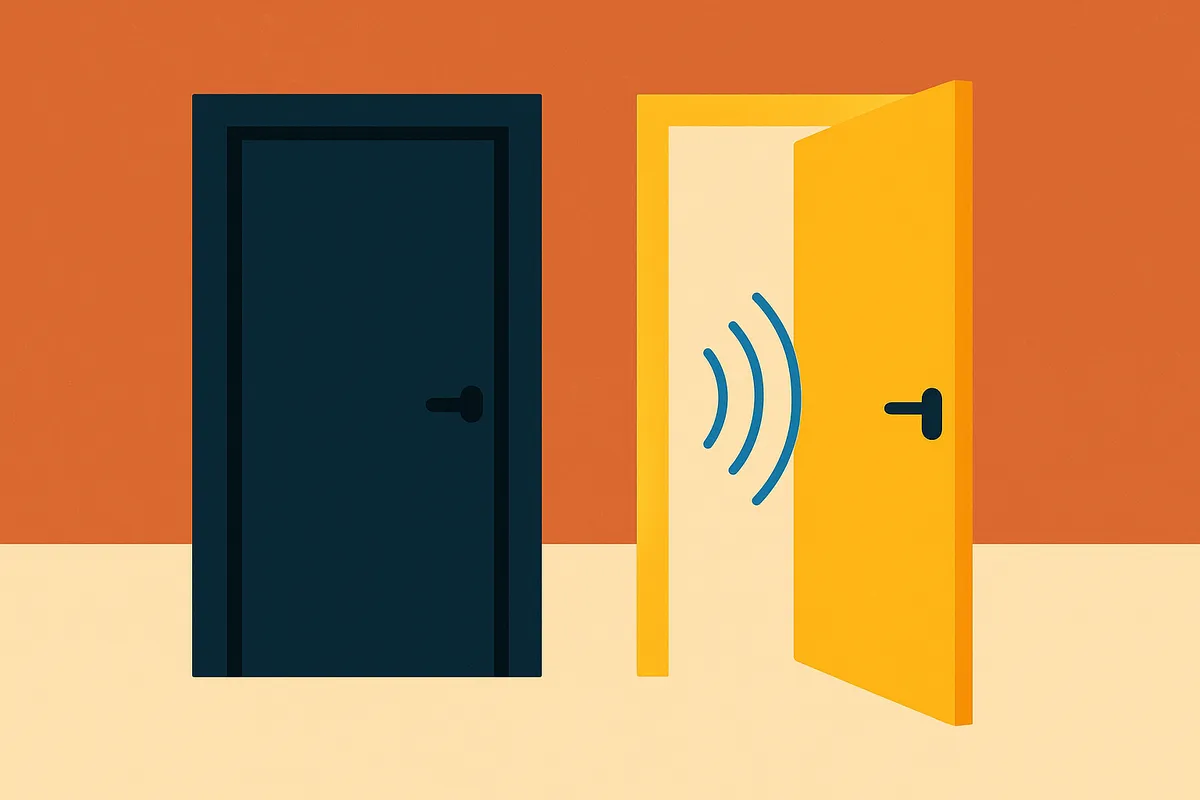Debunking Isn’t Enough: Why Autism Still Gets Lost in the Vaccine Wars
 Jessica Steier, a public health scientist specializing in science communication, just published a forensic takedown of the vaccine–autism myth in The New York Times. She maps out the fraud playbook in detail: Andrew Wakefield’s falsified MMR study, the Geiers’ sham review boards and now RFK Jr.’s decision to put a discredited researcher on a federal autism study. The reporting is sharp. The graphics are convincing. The conclusion is clear: vaccines do not cause autism.
Jessica Steier, a public health scientist specializing in science communication, just published a forensic takedown of the vaccine–autism myth in The New York Times. She maps out the fraud playbook in detail: Andrew Wakefield’s falsified MMR study, the Geiers’ sham review boards and now RFK Jr.’s decision to put a discredited researcher on a federal autism study. The reporting is sharp. The graphics are convincing. The conclusion is clear: vaccines do not cause autism.
But here’s the quieter truth: even in its debunking, the piece misses the point.
Autism as Background Noise in a Public Health Fight
Autistic people appear in the article only as collateral damage — “victims” of misinformation, statistics in a public health battle. We show up in the graphs, in the prevalence rates, in the parent panic, in a single quote from ASAN calling David Geier a “quack.” That’s it.
Nowhere are autistic people treated as narrators of our own stake. We are described, not heard. Counted, not consulted.
This is the trap of vaccine discourse: the debate is framed as public health credibility versus anti-vaccine conspiracy, with autism dragged in as a pawn. When the myth is dismantled, the game moves on. But autistic people remain erased — left with the same questions, the same neglect and the same policies shaped without us.
When “Causation” Crowds Out Care
Steier frames the fraud against a backdrop of scientific pursuit: the ongoing, laudable quest to find out “what causes autism.” She cites decades of large-scale studies showing no link between vaccines and autism, then pivots back to the same question: so if not vaccines, what is it?
That’s the wrong drumbeat.
Most autistic people don’t wake up each day asking, what caused me? We ask: what supports will actually help me live?
Research into causation dominates because it fits the medical model: autism as problem, puzzle or pathology to solve. But while scientists chase origins, autistic people go without services, without access and without accommodations. Every hour and every dollar spent re-litigating causation is one stolen from quality-of-life research. And that theft happens quietly, even in well-intentioned debunkings like Steier’s.
Redefining “Meaningful Research”
Steier ends by naming what autistic people have said for years: that the vaccine myth diverts resources from meaningful studies. But notice what counts as “meaningful.” The suggested alternative is still framed as “better science on what drives autism.” Not better support, not better policy, not better access. Still causation.
That is the cruelest irony: those who claim to champion autistic people keep circling the question that erases us. Public health wants to fight misinformation; anti-vaxxers want to win converts; journalists want to clarify science. Meanwhile, autistic people are denied the research that could actually change our lives.
How Erasure Plays Out in Real Time
- A parent reading the NYT piece learns vaccines aren’t to blame. Good. But what do they learn about autistic communication, access or autonomy? Nothing.
- Policymakers finish the article confident they’re defending science. Good. But what do they learn about how autistic adults want research funds spent? Nothing.
- Readers leave with a sense of closure: the myth is debunked, the case is closed. But for autistic people, the case isn’t closed at all. The harm is ongoing.
Debunking bad science is necessary. But it isn’t sufficient. If all you do is close the door on a lie, you still leave the real door — the one autistic people have been knocking on for decades — unopened.
Questions That Would Actually Matter
Instead of rehearsing “what causes autism?” yet again, here are the questions autistic people actually need science and journalism to ask:
- What supports reduce autistic burnout across the lifespan?
- How do sensory environments affect learning, stress and health outcomes?
- What kinds of services improve long-term quality of life, not just short-term compliance?
- How do employment policies, housing design and healthcare access intersect with autistic survival?
These questions don’t erase the value of biomedical research — they contextualize it. They move the frame from causation to care, from pathology to participation. And unlike another round of fraud-spotting, they start from autistic life rather than autistic absence.
The Playbook Beneath the Playbook
Steier demonstrates exactly how fraudulent researchers manipulated methods to conjure false links. But she doesn’t interrogate her own method: the choice to treat autism primarily as an explanatory puzzle for public health rather than as a community with its own voice.
That’s the playbook that survives every debunking. It isn’t built on data manipulation. It’s built on framing. Autism is allowed into the conversation only as a problem. That problem may change names — vaccines, genetics, aluminum, diagnostic creep — but the role stays the same. Autistic people remain the silent object, not the speaking subject.
Closing Beat
Jessica Steier just taught readers how to recognize shoddy vaccine studies. That matters. But the harder lesson is this: good science communication can still reproduce bad frames.
If we want to stop being victims of junk science, we need more than debunking. We need autistic people at the center of the story — setting the research agenda, shaping the questions and refusing the role of collateral. Until then, every myth we disprove will only echo the same absence: autism as something explained, never someone heard.